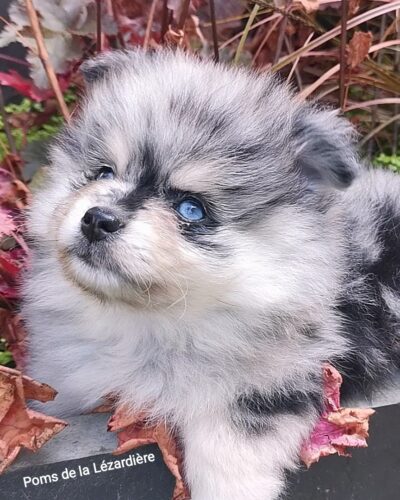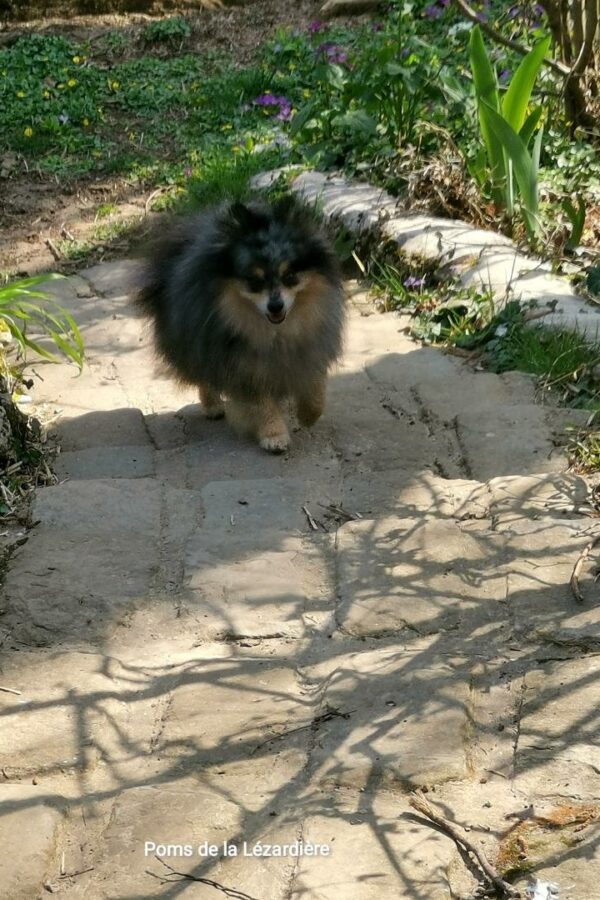
The dog learns by cooperation and motivation!

I – Why the positive method?
Positive education consists in educating your dog by taking into consideration his character, his sensitivity, his emotions, his environment…
The idea is to create a special relationship between you and your dog. To achieve this, good behaviour must be reinforced.
Positive training is based on respect, benevolence, analysis and understanding of canine behaviour.
When training your dog, you want to work on his motivation and cooperation.

II – How to proceed?
1 – Starting the positive method with meals
As time goes by, the puppy will become more attentive, calmer and more obedient. Remember to reward good behaviour.
1 – The puppy should not rush to the bowl until you give him permission to do so.
At the beginning, the puppy tries to get access to the bowl, move the bowl away, without any sudden gesture, and put it back a little further.
When the puppy does not move, give him a kibble immediately as a reward.
2 – If the puppy looks at you instead of the bowl, reward him immediately with a kibble (hand-fed).
The point is to show him that it is you, the teacher, who is interesting.
When the puppy understands that it is “the master’s bowl” and not his own, you can start learning the first commands.
3 – You can now start some exercises (maximum 2 minutes).
Take a small handful of kibble in one hand.
Move the puppy away by throwing a kibble. Then, call him by his name followed by your command: Sit, Lie down…
Always his first name + the word of order.
After a few minutes of exercise, place the bowl on the ground.
The puppy stays calm. Show him his bowl + a word “bon appetit”. This word ends the exercise.
Let him eat in peace.
The point is that the dog has to obey to get.
The dog should not get free.
An order = A word = an action (a completed act)
2 – Continue the positive method with the 3D rule.
When the puppy understands and has assimilated an exercise, i.e. a command, you can complicate the exercise in places other than your kitchen or living room.
Let’s apply the 3D rule. 3D refers to the three levels of complexity you can add to the exercises you offer your puppy.
Initially, the exercise will be offered in a quiet place, without distraction. It will only last a few seconds and the puppy will be close to you. Thereafter, you will gradually increase the 3D.
Take for example the learning of the command “sit”:
- D is for Distraction: As you learn to “sit” you can increase the distractions to get your dog to “sit” in any situation. Whether there are dogs, bikes, cats, children… when you say “sit”, the puppy must sit (then always be rewarded with kibble and then add voice, petting to gradually not need the kibble anymore).
- D is for Distance: As your puppy learns the word “sit”, you can ask him to “sit” even if you move away from him. Start with a few steps and increase the distance.
- D for Duration: Increase the duration as you go along. At first the order should only last a few seconds and then increase the waiting time.
Then you will integrate other orders and only reward at the end.
To make the dog understand that he can have his treat after several exercises and, above all, he will obey your voice and not the kibble.

III – How to say “no” to your dog
Just as in education, there are different schools for and against the ‘no’ vote. Positive training will emphasise encouragement, and rewards when the dog follows the rules of the community. Nevertheless, the positive method must involve prohibitions that allow this community to live in respect of each other.
At home, I use “no” when the act that one of my dogs wants to do is forbidden. There will never be a kibble as a reward. A misunderstanding would be created in the puppy/dog.
The “no” must be used wisely.
1 order = 1 word (sit, lie down…) = completed act: appreciation, congratulations, rewards…
1 forbidden = “no” = respect for the forbidden: say “that’s good”, caress
For example: I ask my dog not to bark in the house.
The dog barks = forbidden = I say “no”/I show my displeasure/no shouting =the dog doesn’t bark anymore, I can say “that’s good”. The dog has no kibble. The dog will gradually stop barking in the house.
Now we will see that with a reward kibble, the dog is in trouble:
The dog barks = I say “no”… = dog stops barking… congratulation by voice + kibble. The dog will assimilate I bark = “no” + kibble.
He will start barking again for more kibble. He assimilates: I bark = word “no” + kibble. For him, ‘no’ is a command, not a ban. He will interpret this kibble as a reward, just as he does with the other orders of sitting, lying down, etc.
As far as the dog is concerned, you have given a command, he has followed that command, so he must have his reward.
Thus, respect for “no” means encouragement (“that’s good”), a pat, but no kibble.
Should you say no to your dog?
Video explanations by Alexis BONNARANG
Dog trainer in the Yvelines


